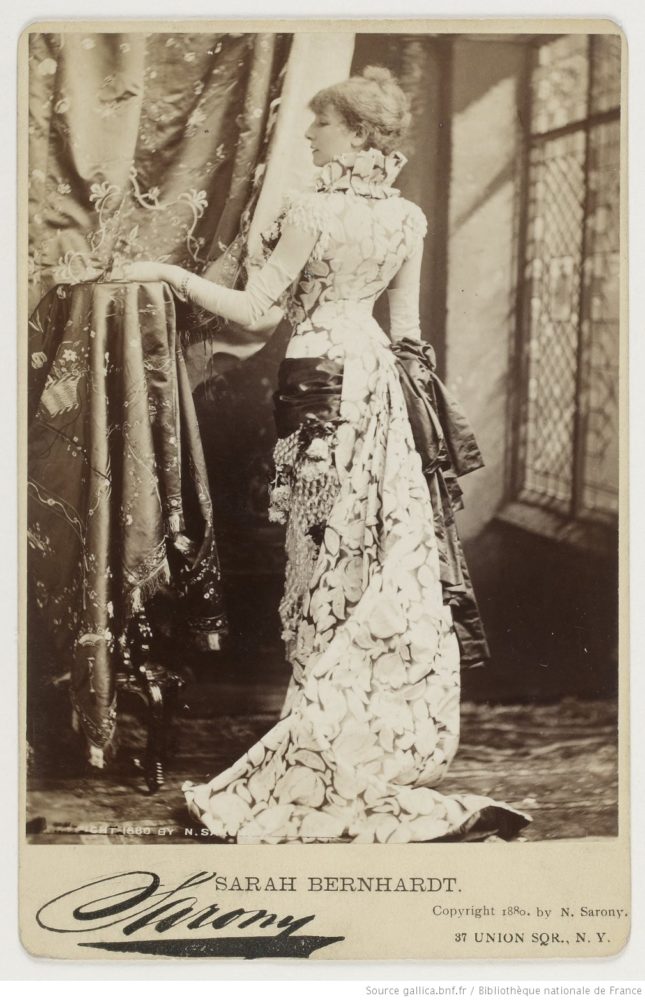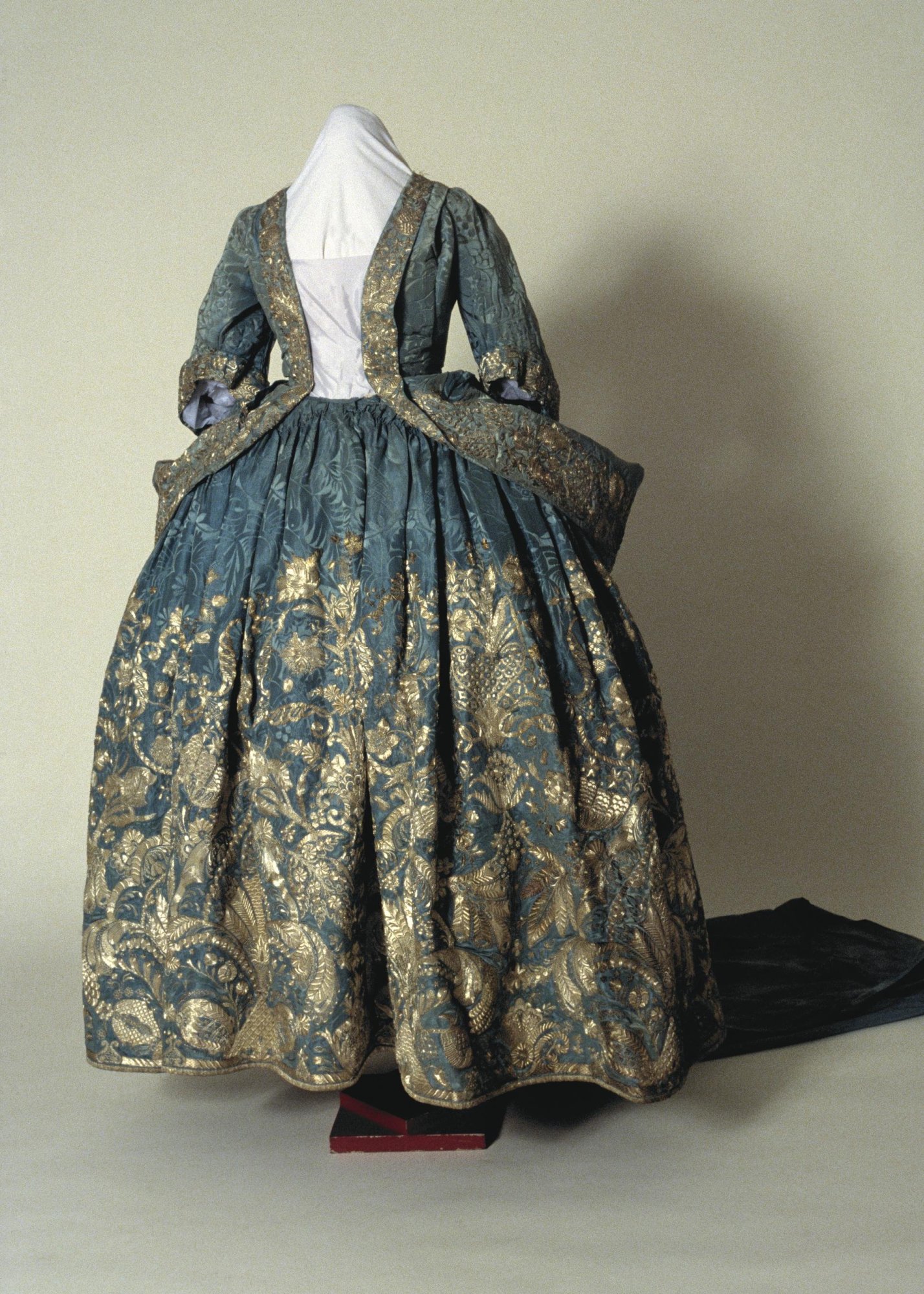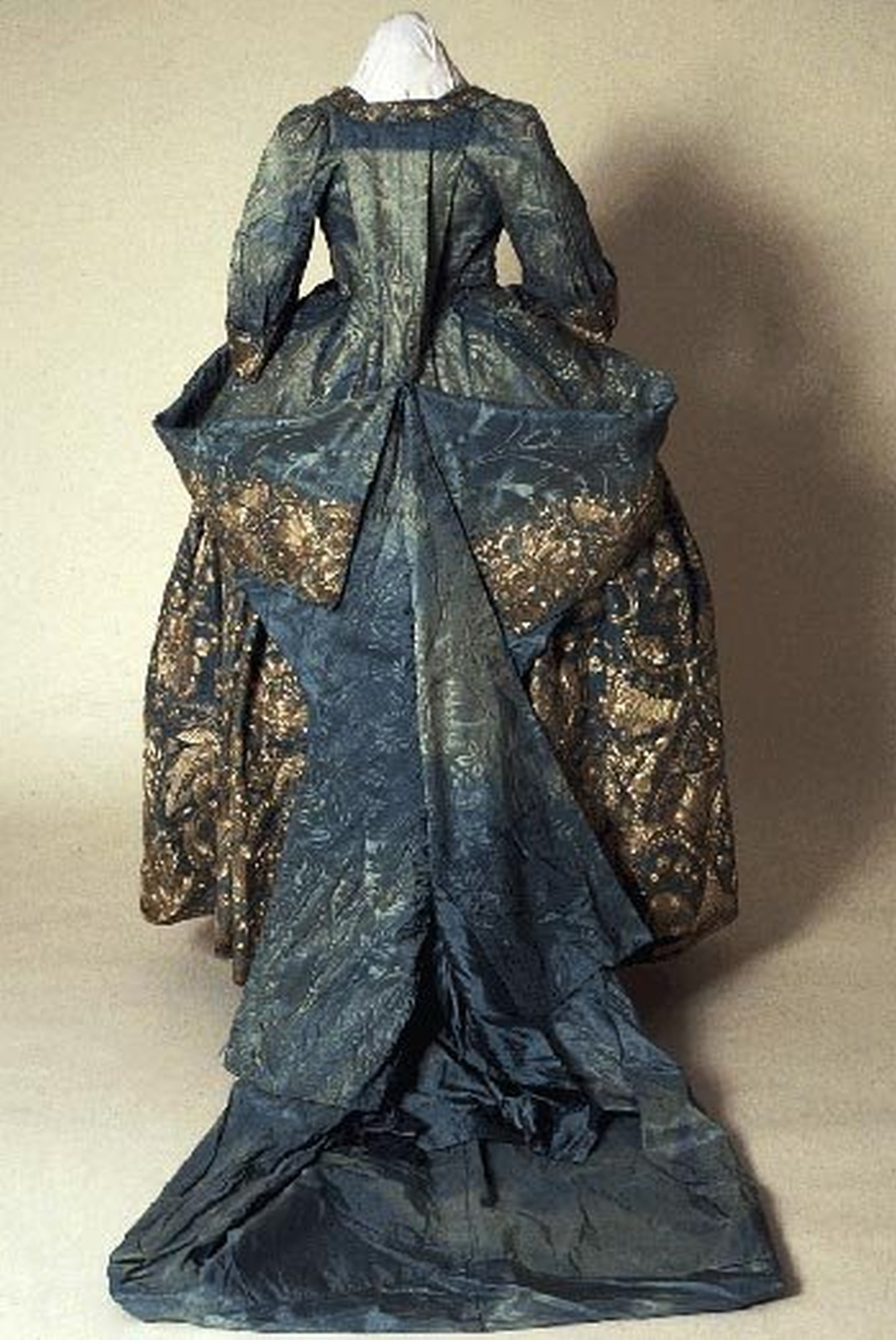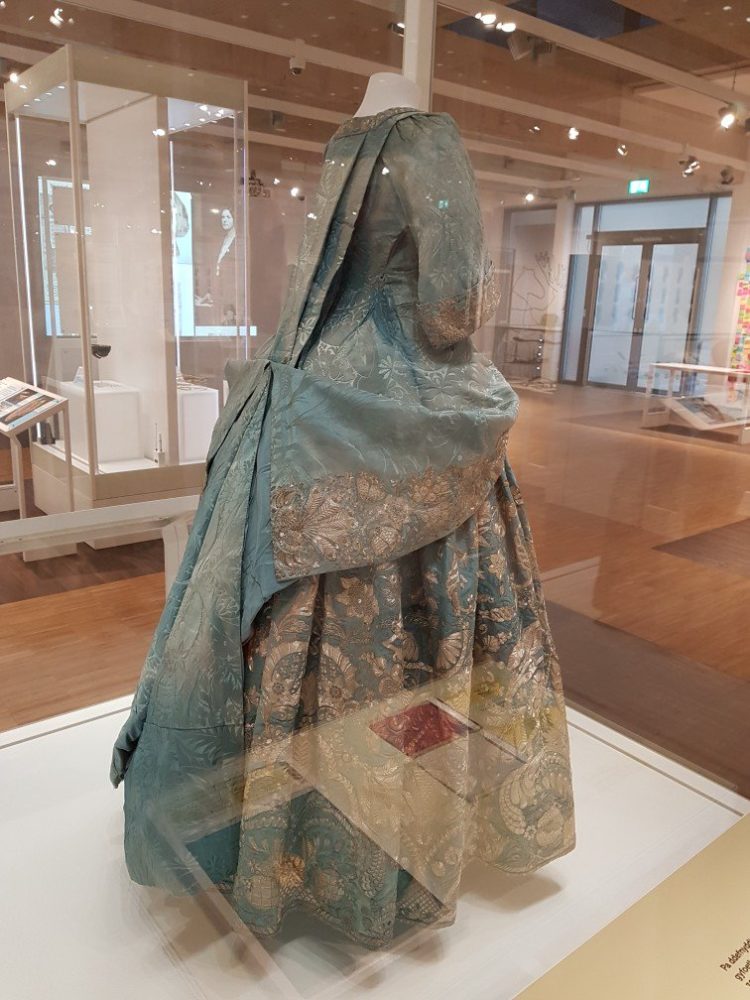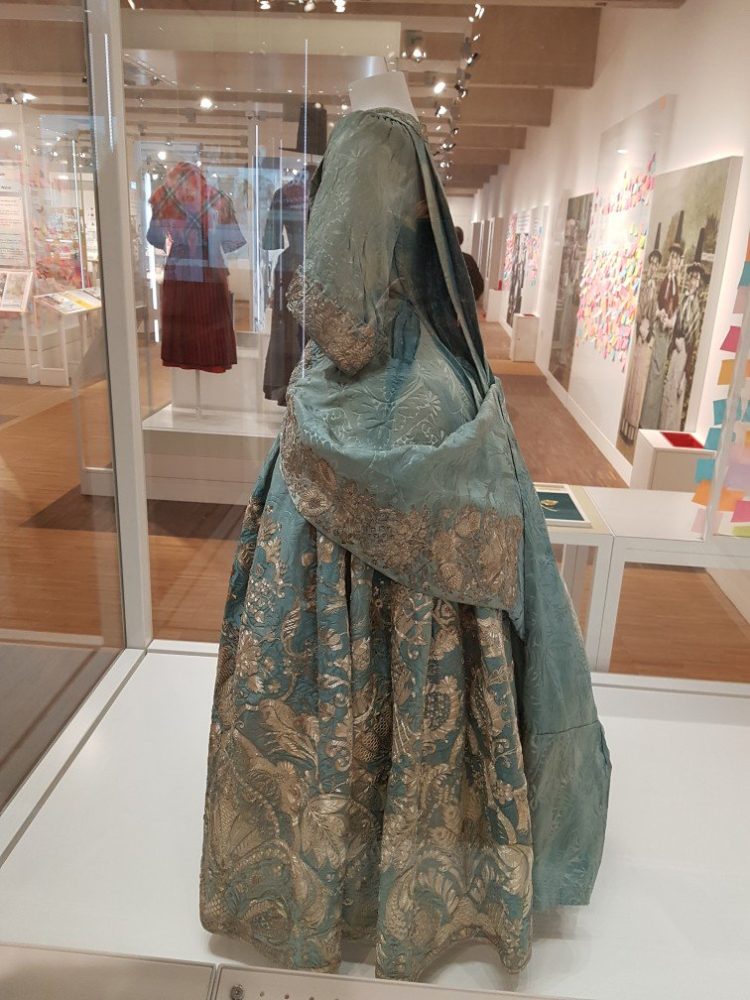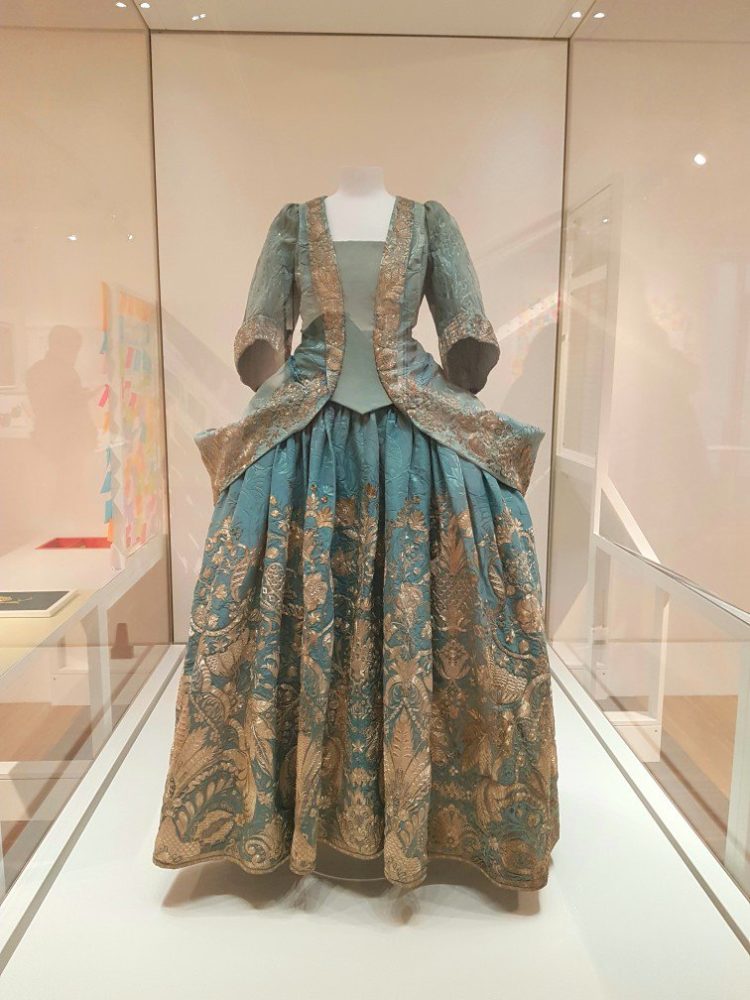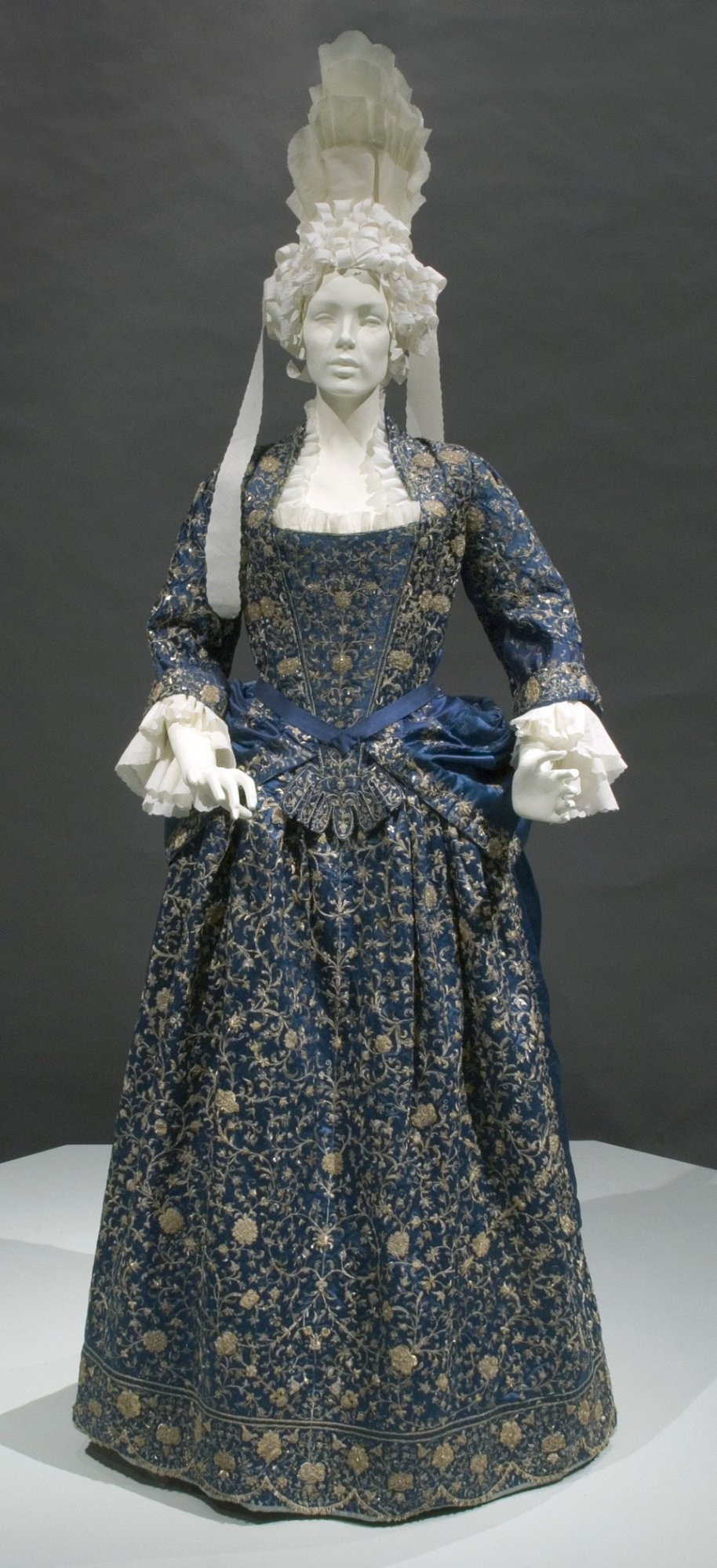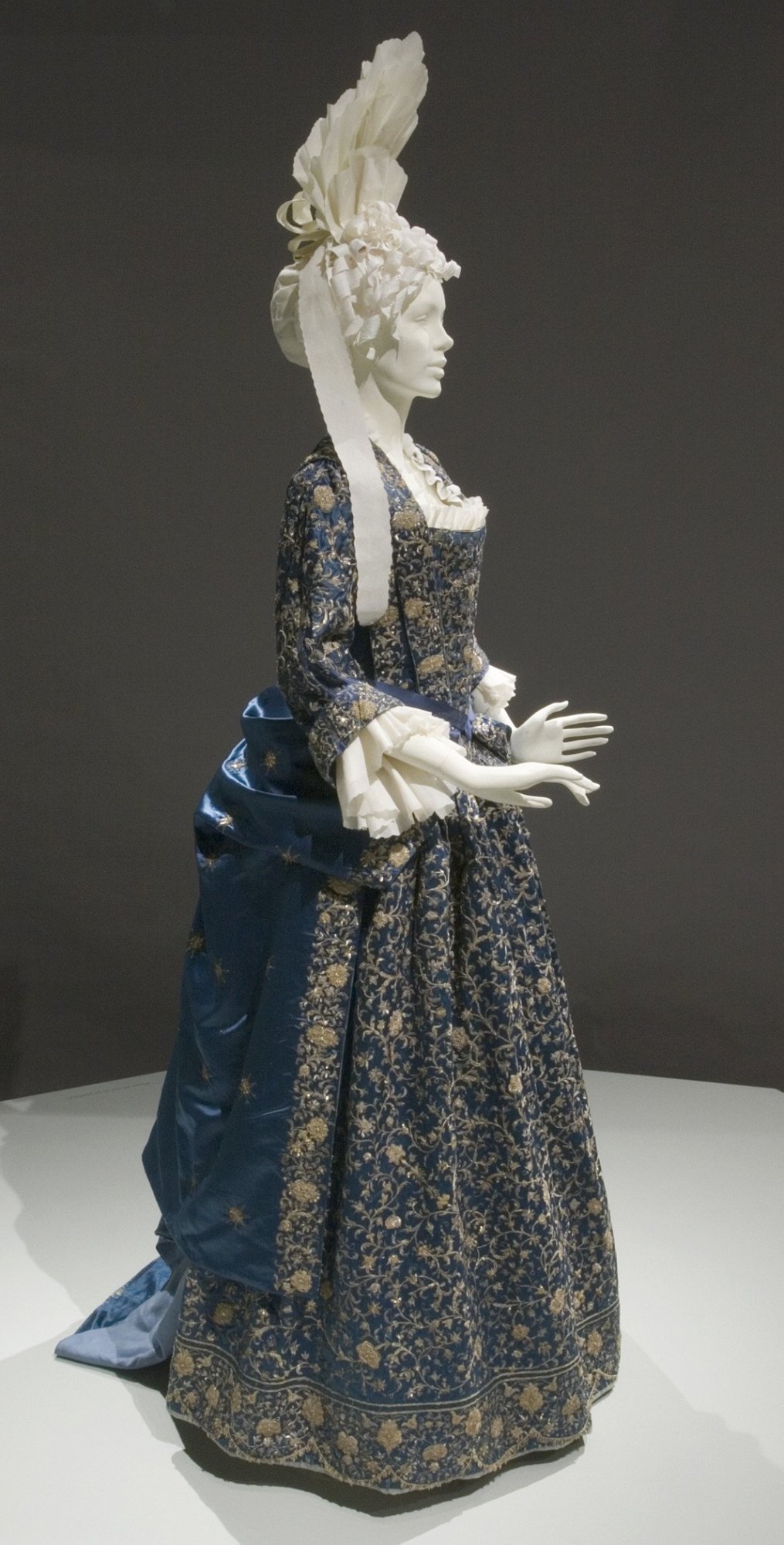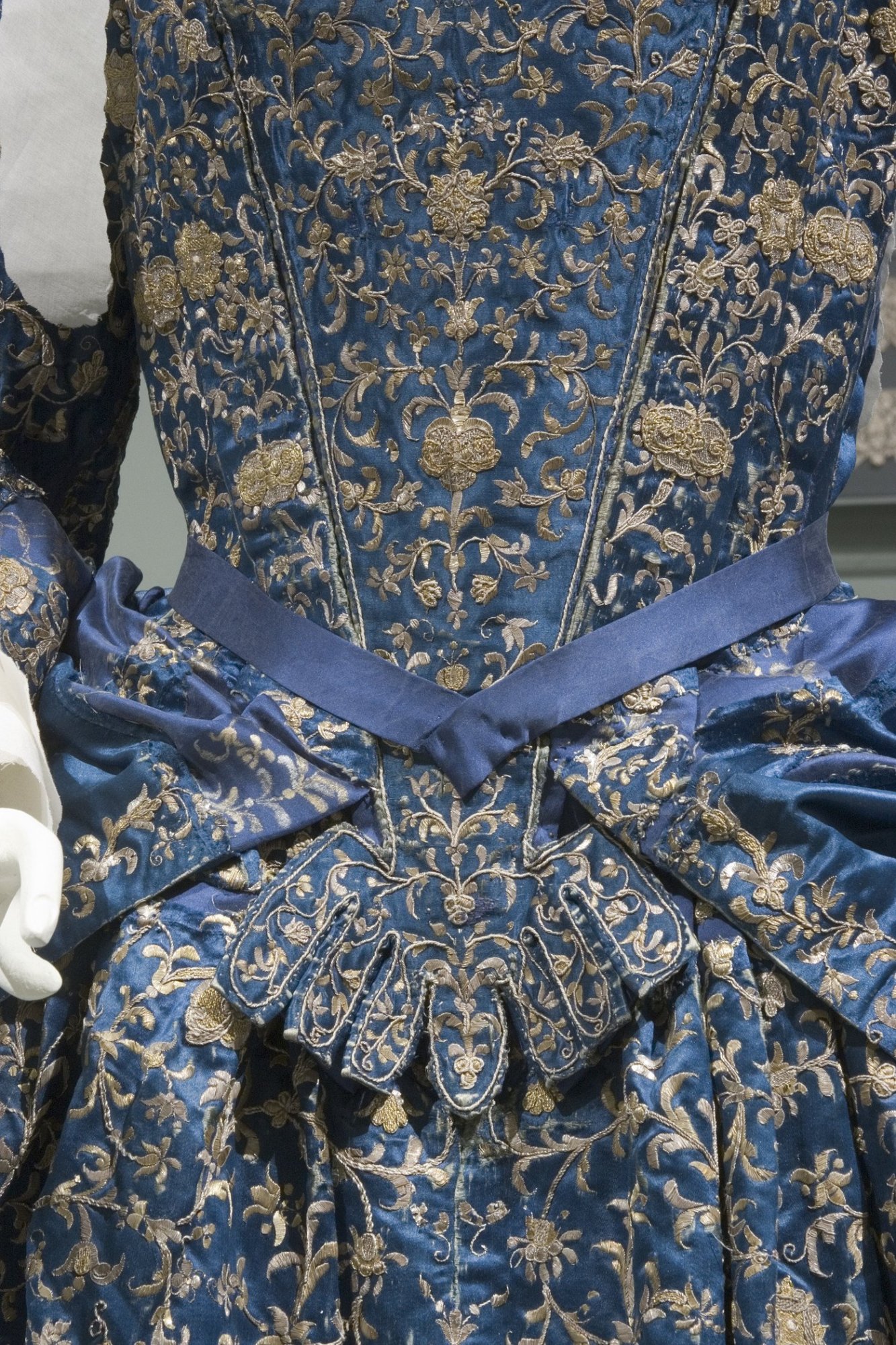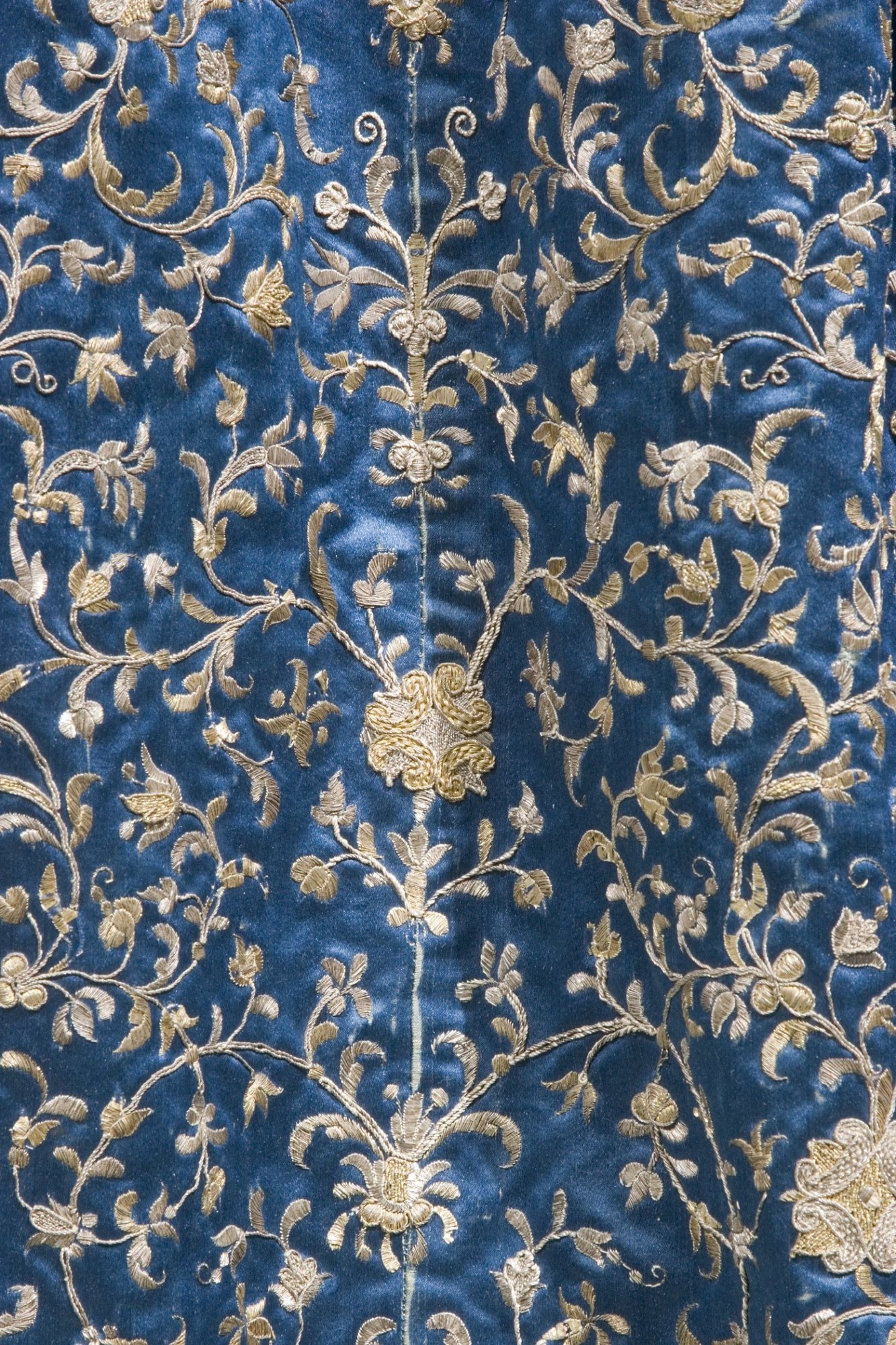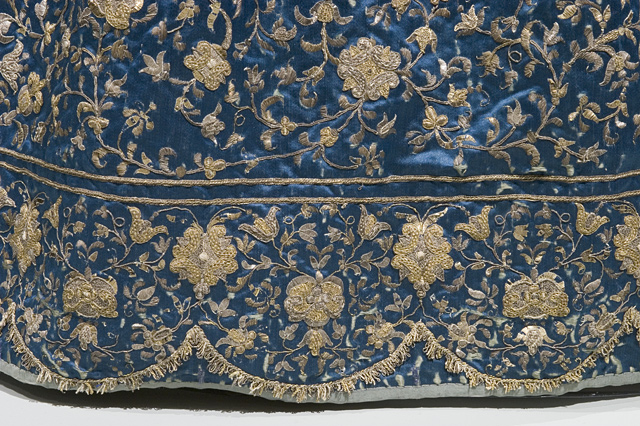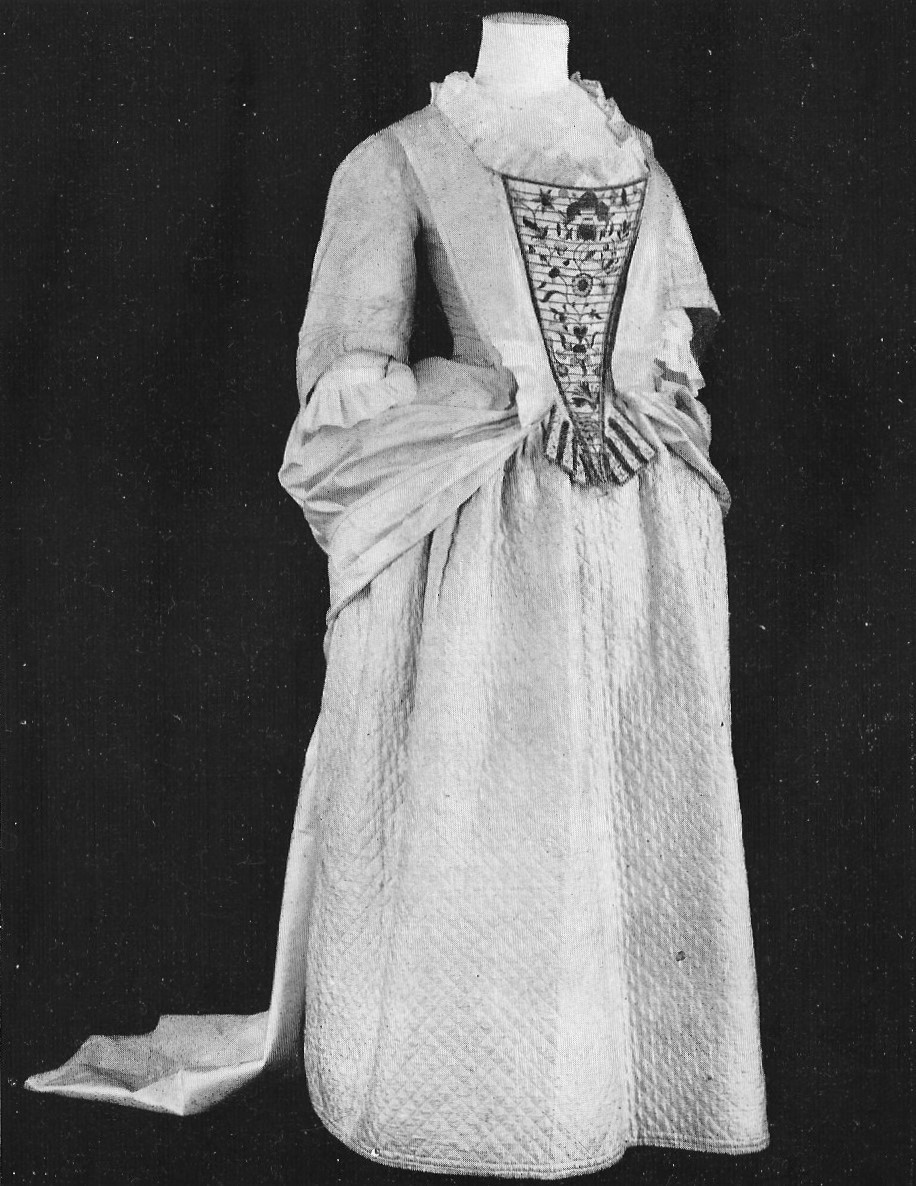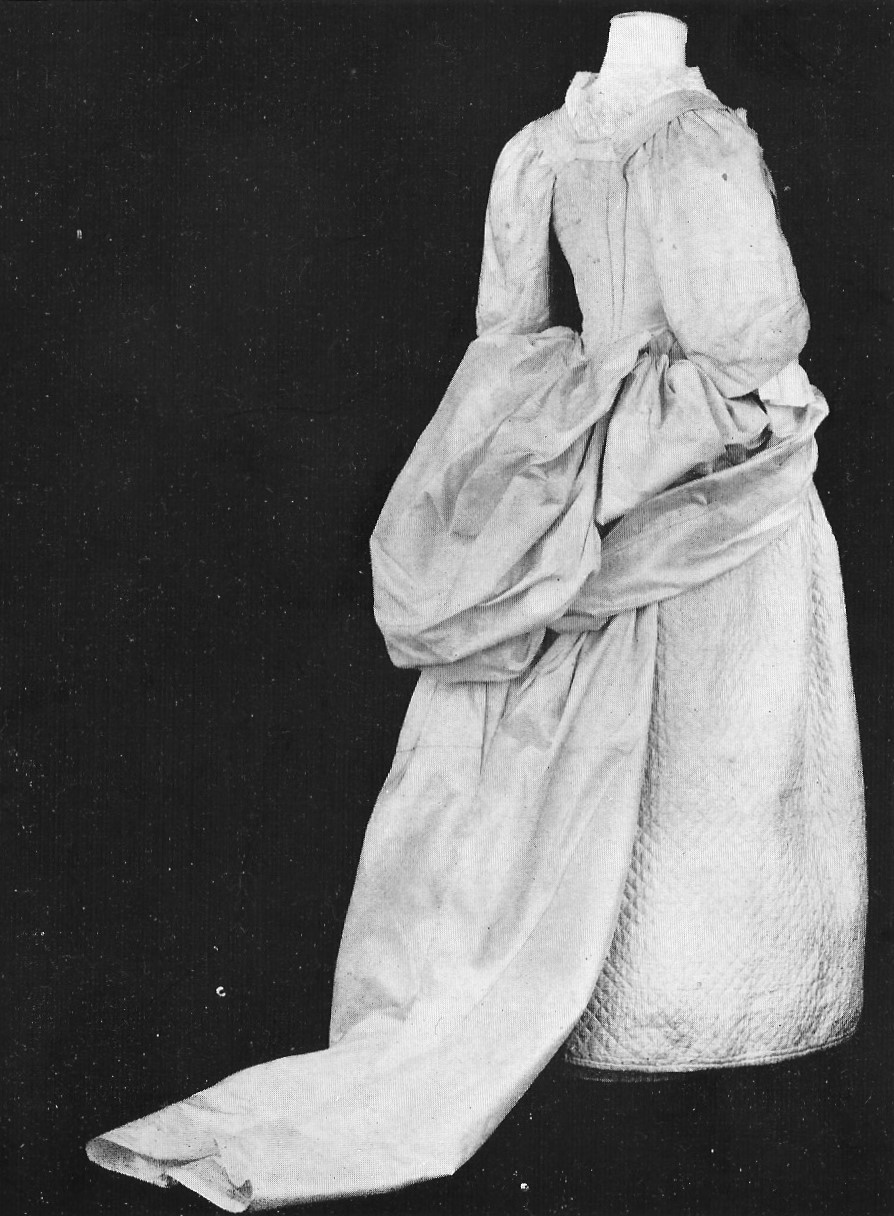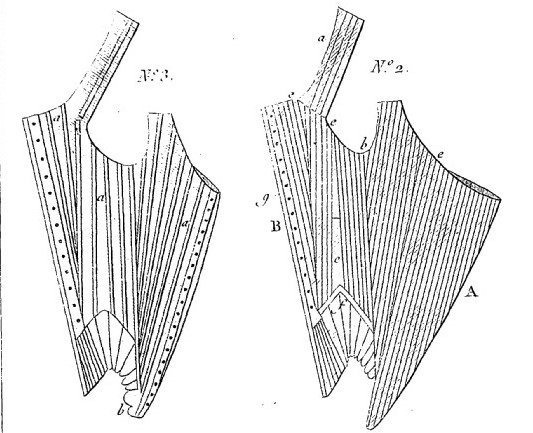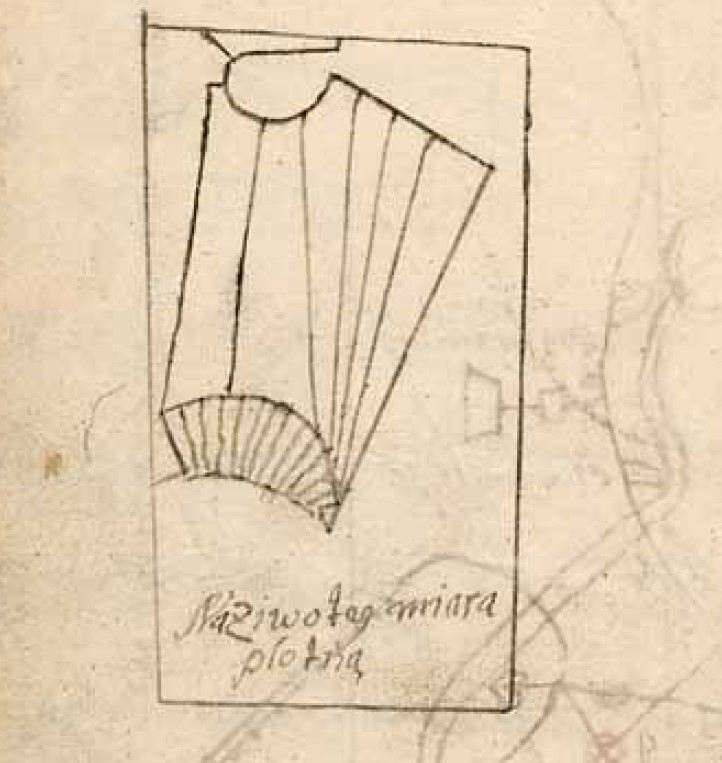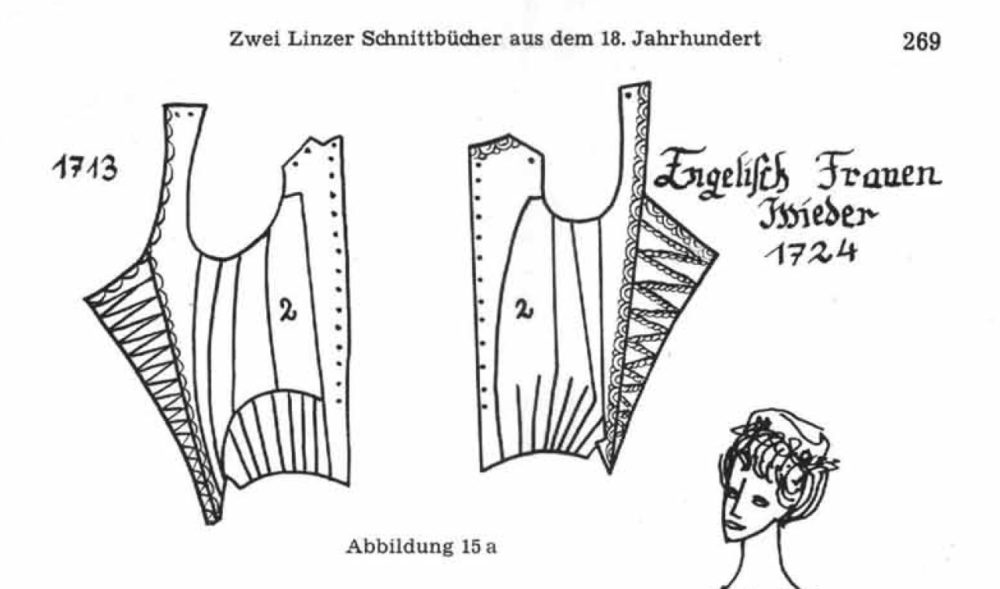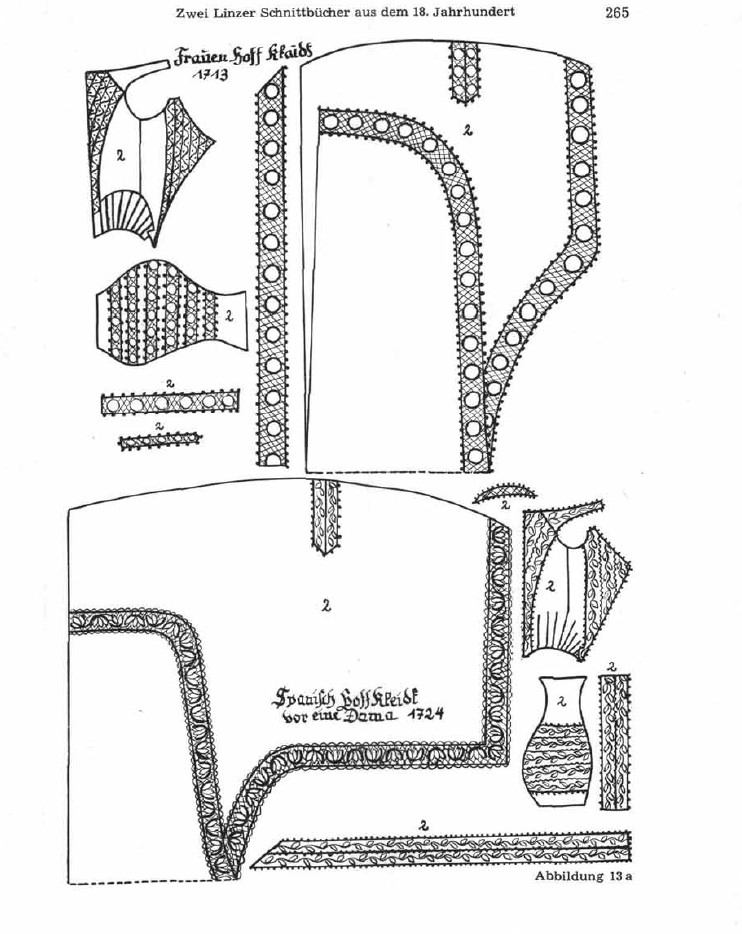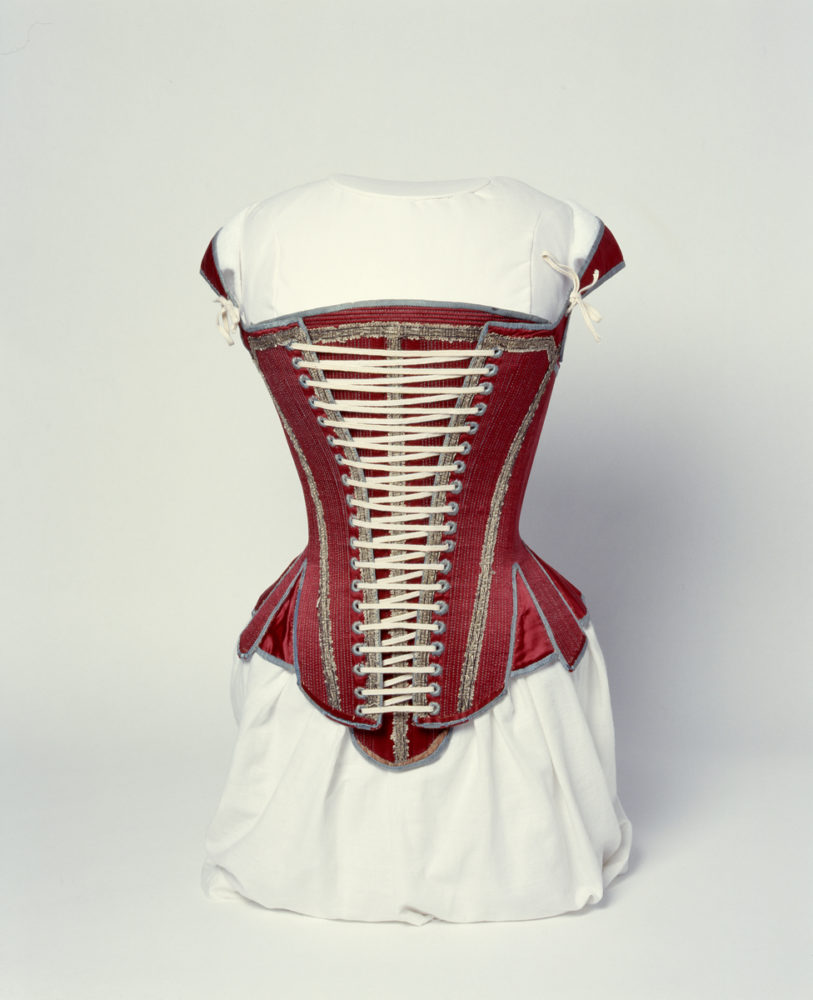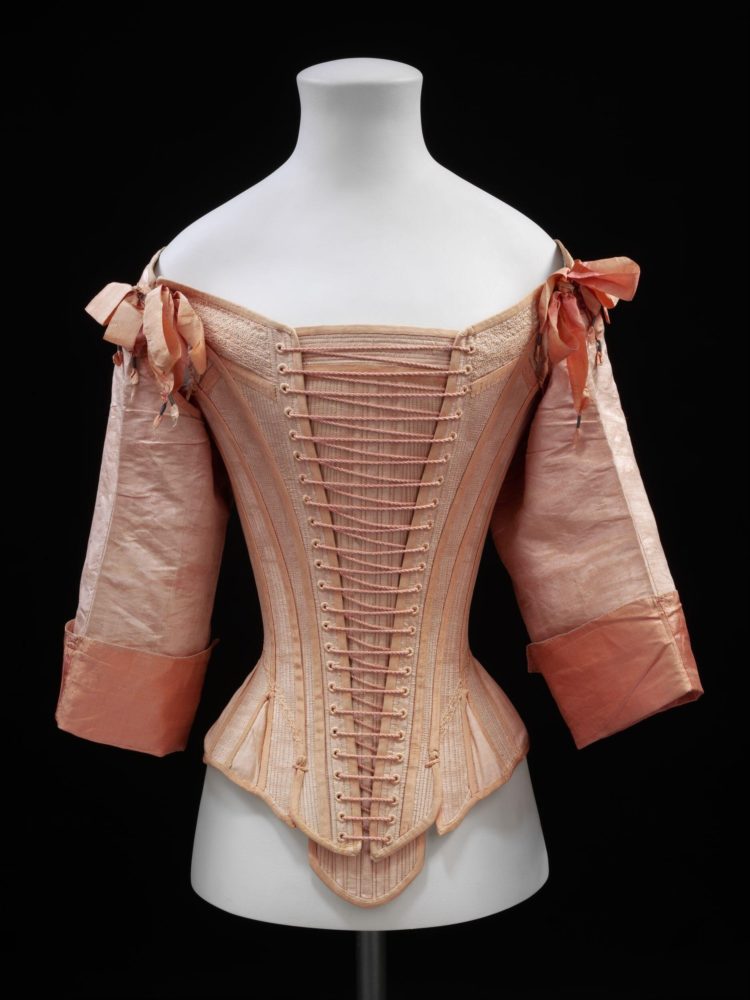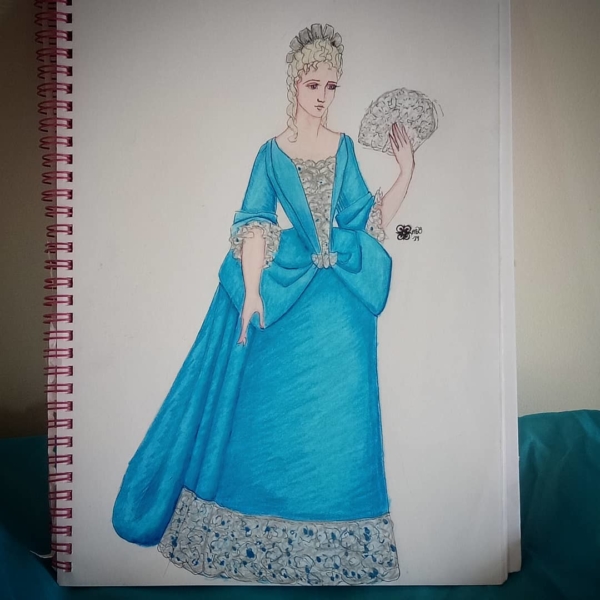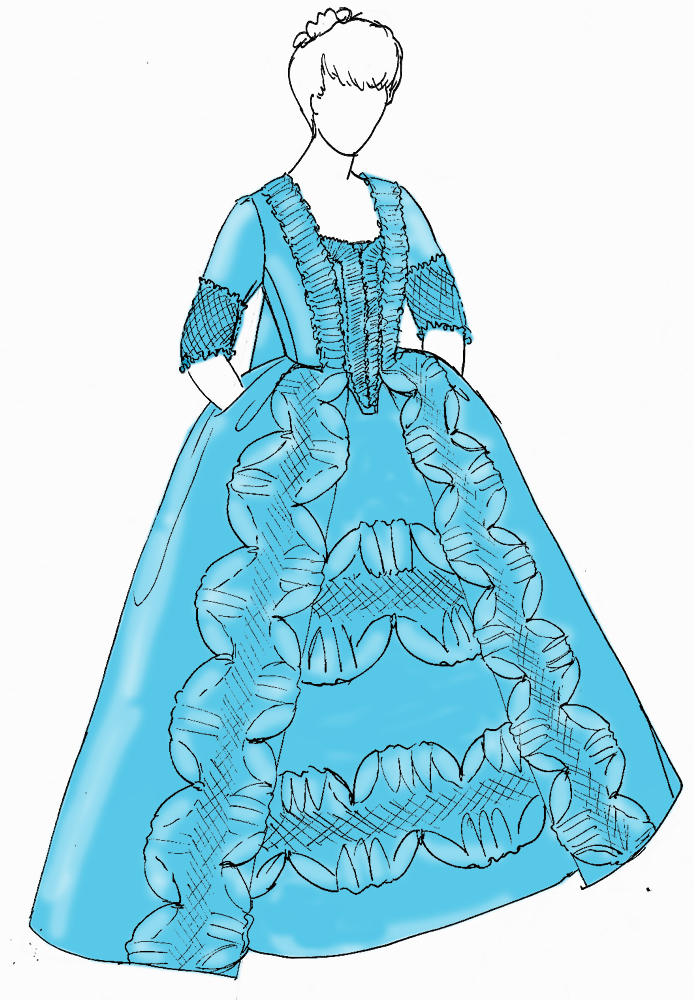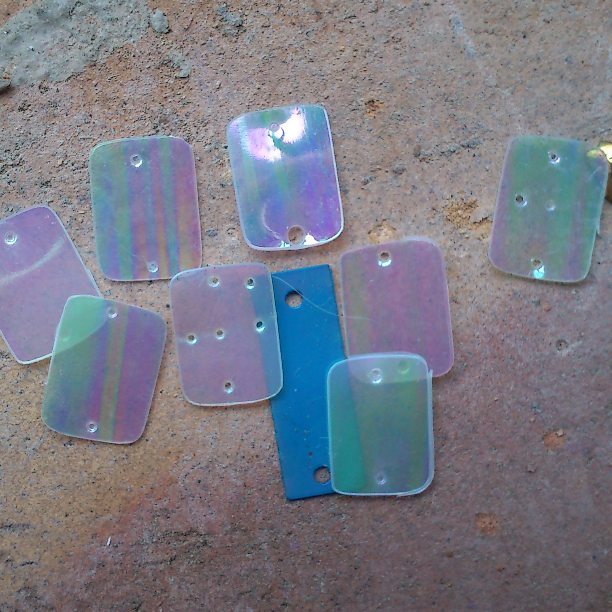I have started my new cape so I thought I’d quickly set out the measurements of dye needed.
For a 2.5m long cape (2 1/2y+10″, 1m is 1y+4″):
Do this in two batches, do not be tempted to do it all in one go unless you have an industrial sized pot and oven!
5m of 150cm tulle/net (5y 20″ of 40″ wide fabric)
1 dye pack of iDye poly blue
2x Color enhancer (unless you have access to the colour enhancer sold separately (I wish I did!)
Stovetop
Stock pot
tongs
whisk
measuring jar (and two smaller identical containers)
bucket (2x if you want to save the dye)
Latex gloves
Additional: horsehair braid for hem will also tint to match.
Pre-wash the net to remove any shop dust or sizing that may be on the fabric. I often use a liquid dish soap for this. It creates a lot of foam but it really strips any oils off. Dry fabric.
Divide the length of fabric into two 2.5m (2 1/2+10″) lengths.
Dissolve the dye in a glass measuring jug use about 2 cups. Whisk the dye through to totally dissolve the now gummy pack.
Heat water in a very large stock pot. I am not sure what mine is but I fill it to 2/3 then top with boiling water to a level the dry tulle comfortably fits in. When wet it will collapse and so be able to stir evenly.
Once the water is simmering add half the dye. I had no markings on my jug so I first divided it equally between two glasses that had obvious markings to use as a guide.
Then tear the colour enhancer pack perfectly across and use every last drop.
Let water come to near boil.
Quickly use the tongs to transfer the tulle to the pot, short lengths at a time, push the newer fabric so that the earlier fabric moves along and creates a circular spin in the water, continue to add the fabric until all is in the pot. Using the fabric dry will not cool down the water and so will actually help get a very vibrant colour.
Boil and stir for 5m.
Transfer to bucket and take the fabric out of the bucket on a lawn. This saves the dye and also cools the fabric and dye down to stop the dyeing process.
If you do not have an outdoor area, then put a plug in to a stainless steel tub and rinse dyed tulle under cold water. This too will stop the dyeing process.
Repeat for the other side.
The fabric will be very dark. It will seem to dark. But tulle and some nets are made from totally clear monofilament. What this means that as it dries it will allow light through but also bounce white light back from the glossy surface. This will eventually turn the net royal blue.
This dark tone in turn also makes the net even more translucent against your dress and the floor. It will then create very distinct lines of colour when pleated into crisp angles.
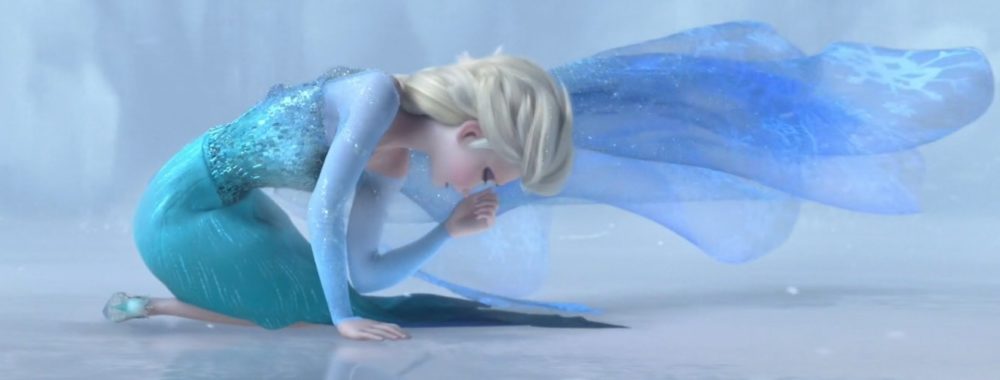
Note how the cape is quite dark while the snowflake designs are paler and very light reflective.

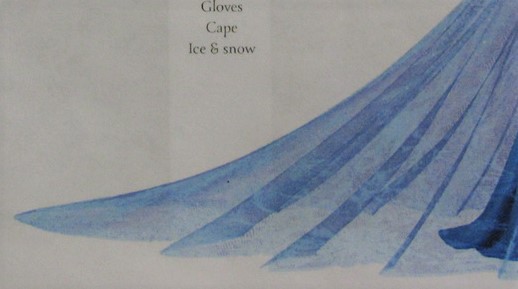
If you are nervous then it is possible to use half the dye pack for both lengths but still 2x colour enhancers. It will create a blue that is more what people expect her cape to be. In very close up details the cape fabric is indeed quite dark. The aforementioned physical properties of clear monofilament
